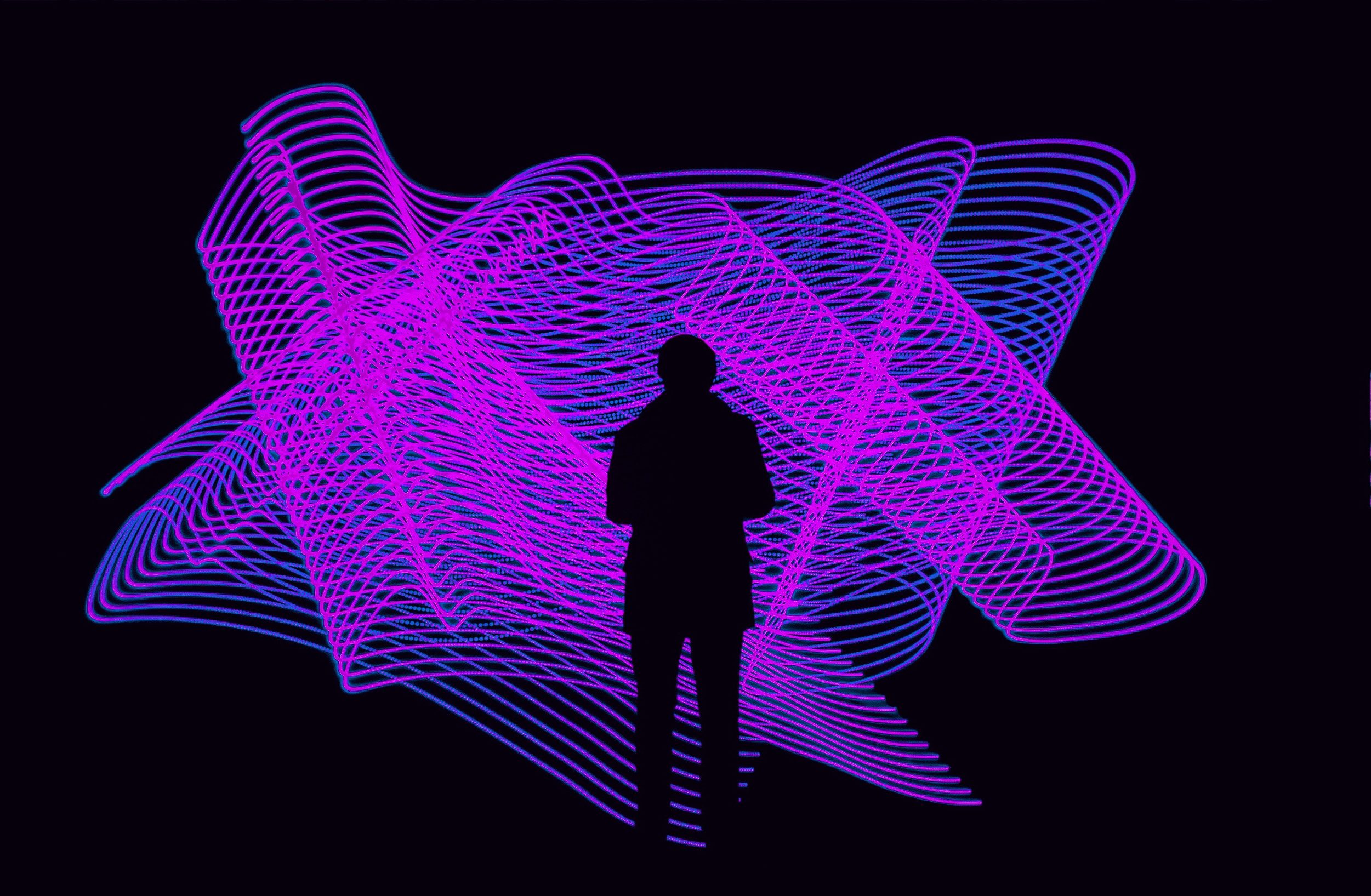As long as my grandpa has been alive, he’s had, two sisters. That was, up until 6 weeks ago when 23andMe proved him otherwise. I never thought my family would be one of those shocking stories about DNA genealogy tests. But we are. And this is the story:
Amongst the black community, these genealogy tests generally aren’t looked upon with quite the same excitement as other cultures. This is because most of us don’t want to spend the $100-200 only to find a big question mark in our lineage back a hundred or so years ago.
Genealogy companies like African Ancestry are changing this stigma. And DNA Weekly, the genetic testing kit review site, provides a knowledge base of DNA test-related articles and results. However it’s still not that easy to see very far into African American lineage.
Nonetheless, one of my great aunts took the test and waited for the results. When they came back, it seemed to have a mistake: it said my grandpa had three sisters.
This was obviously wrong. Not only did it say my grandpa had an unknown sister, but she lived just 20 minutes away!
With my great-grandparents gone, there was no one to ask if this were true or not. So one of my grandpa’s “known sister” reached out to the “newfound sister” and they actually met up with her to confirm this seemingly absurd finding.
Unfortunately, my grandpa’s newfound sister passed away shortly after meeting her sister – leaving this ambiguous gap of uncertainty in our family tree.
Given the situation my family experienced. I figured there must be a better way of getting to know a family member you never knew without publicly sharing your personal information on an unsecured social network.
So how would we do this?
Filling Out The Profile
Right now, these family lineage trees don’t tell much of a story outside of location, ethnicity, and connection. They could be drastically improved by bringing in more first-person information from the people that make up the lineage.
When someone signs up for 23andMe, they’ve already paid money to spit in a tube to learn more about their family. They’re psychologically primed to confront their family and their own life. Why not ask them questions to color in their profile more?
You’re using 23andMe to learn more about your family. Would you like to answer a series of questions to help your future family learn more about you?
These questions could ask for first-person accounts of the time period they lived through, some of their major life events, or their thoughts on the past, present, and future. This is where you bring in psychologists, historians, linguists, artists, etc… and have them create meaningful questions that will make great time capsules. It’s also important that the experience is designed such that you are able to inspire the best responses in people.
If 23andMe were to implement something like this, the questions should correlate to structured data sets behind the scenes. Structured data is data that has been organized and formatted, making the elements easier to process and analyze.
With structured datasets, we’d be able to create really interesting first-person, archival accounts across many people but on the same topic. For instance, imagine 10 million people responding to what it was like to live during the era of the first African American president.
Not to mention, structured data would allow us to animate our family trees.
Already a future thinker?
Then become a friend.
The Interactive Family Tree
Imagine if you could bring up your family tree dating back to the early 1800s and every single member in that tree could momentarily come to life and tell a brief message about themselves – just like the books that come to life in Ready Player One. It would be an interactive family tree where you didn’t rely on vague stories passed down through your family. Instead, you’d hear directly from your ancestors… It would be your very own Interactive Family Tree.
This is not magic. We actually have the ability to start creating this today.
One company running with this idea is New Dimensions in Testimony. They’re using immersive video capturing techniques to interview survivors of genocide and then turning their responses into interactive holograms which future generations can ask questions and learn from.
Pinchas Gutter is one of the participants. He survived six Nazi concentration camps and now his story will live on through a hologram that can be used to talk about the Holocaust. Especially when you think about just a decade from now, almost all the WWII veterans and Holocaust survivors will be gone, this may be the best way to make sure an atrocity like that is understood and hopefully prevented.
When you look just a few generations down the line, a widespread effort to preserve first-hand accounts of history would create an entirely new way for our kids and their kids to learn from past generations. It will completely change history classes forever.
The question remains whether or not 23andMe, Ancestry.com, etc… are best positioned to help bring more information to our family trees – it’s not necessarily in their mission. It may be better served by a subsidiary company or an entirely different company that is granted third-party access to the Map of People that these companies are creating.
If this were the case, then 23andMe would effectively become the Google Maps of human lineage and this new company would be the Yelp which brings data to all the “human points of interest”.
